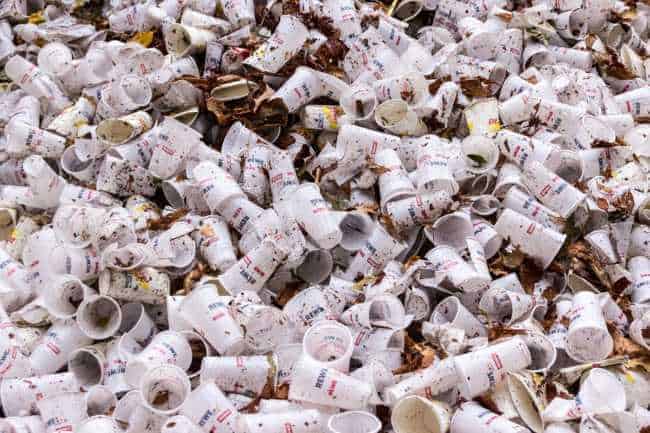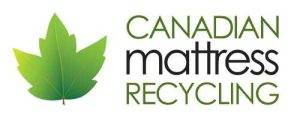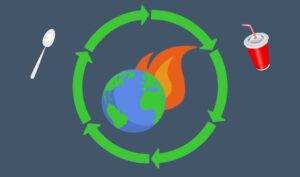If you’ve been on the internet or watched the news, you probably heard about the push to go plastic free.
Videos of plastic-filled oceans and beaches have been posted, igniting the conversation around plastic pollution.
But why does #plasticfree matter?
How much plastic do you encounter from the moment you wake up to the moment you fall asleep? How much plastic do you come by each day? Some plastics are reusable but most are not. Packaging, wrappers, straws, and shopping bags are often single-use plastics. These plastics are filling our landfills faster than we think.
Plastics in our oceans
It is uncomfortable to think about how much plastic is littered on our beaches. Plastics cover our beaches and are swept away into the oceans. Even when plastics leave the land, they aren’t really gone. Our oceans are filled with more plastic per square km than we realize. And plastics take thousands of years to break down.
The threat of microplastics
Microplastics are just as deadly. They can be found in the water we drink and the food we eat. These millimeter thin pieces are ingested by animals we catch for food. Scientists have shown that our drinking water has plastic particulates in them, too.
Plastic is becoming such a huge problem that the UN has called to end plastic pollution in 2018.
Businesses and organizations are stepping up to break free from plastic. Still, more work needs to be done. Sometimes problems this big may seem impossible to solve, but there are some lifestyle choices we can make to distance ourselves from plastic.
Here are our top 5 tips to live plastic free:
1. The last straw
Make the last straw you purchase the last straw you throw away. More restaurants and businesses are now aware of the wasteful plastic straws and are moving away from using them.
Steel straws are a popular alternative to plastic straws. They can be washed and reused. Some restaurants go without straws altogtether.
If you do end up getting a plastic straw, think about how you can reuse it at home or bring it along with you.
You can certainly get more than one use out of a plastic straw.
2. Buy bulk and save on packaging.
Do you ever stop and wonder how much our goods and produce are wrapped in plastic?
Buy bulk when you can or choose products that are not packaged in plastic.
Cardboard and paper packaging is better because you can at least recycle or compost them. Still, the best way is to reduce packaging in general.
Vancouver is opening their first package-free grocery called Nada. The Soap Dispensary is another store that lets you refill home and bath essentials. If you don’t live in Vancouver, you can still bring your own bag and buy bulk. Simply ask your local grocery store if you can bring your own jars. Or, you can simply say “no” to a plastic bag and use your own reusable bag instead.
3. Become a plogger.
Take an extra bag, slip on some gloves, and pick up garbage as you walk your dog or go on your morning run!
This keeps our trails, parks, and beaches clean.
It is a phenomenon growing in popularity in countries around the world. CBC wrote an article about plogging.
Any garbage that isn’t thrown away properly – like cigarette butts – end up in our water streams when it rains and eventually reaches the ocean.
4. Choose your fashion carefully.
A single fleece jacket made from synthetic fabric can release up to 700,000 microplastic fibers per wash in your laundry. Polyester, rayon, and nylon are all types of synthetic fabric.
If you can afford to buy organic cotton or non-synthetic fiber clothes, the environmental benefits add up.
Besides, fast fashion has caused many textiles to go to waste. Textiles use up important resources like water and energy to create them in the first place. But many clothes are discarded after a few uses.
If you are not a fan of organic cotton, or don’t want to go to great lengths to find one, you can still buy synethic fabric made clothes.
Just be mindful of what you buy, how much you buy, and what you throw away.
As always, the first step in adopting a recycling habit is to reduce your consumption.
5. Keep a log of all your #plasticfree efforts.
Keeping track of your plastic free activities can boost your motivation. It can perhaps convince your family and friends to join in. Keep track of all the times you said “no” to a plastic bag or how much garbage you throw away each week.
Set a challenge, and see if you can reduce the gabarge you’re throwing away.
Sometimes making a big change in your consumption habits can be stressful. This is why we encourage taking graduate steps to break free from plastic.
Do you have any other tips or suggestions to live #plasticfree? Tweet to us at @cndmattressrecycler or leave a comment on Facebook!
Canadian Mattress Recycling is a 100% locally-owned BC company with a team of employees dedicated to customer service and environmental preservation through recycling. We are located in the middle of Metro Vancouver on Annacis Island on Delta, BC and serve the entire Lower Mainland region and beyond. We are winners of the Green Business of the Year in 2016 by the Delta Chamber of Commerce.





